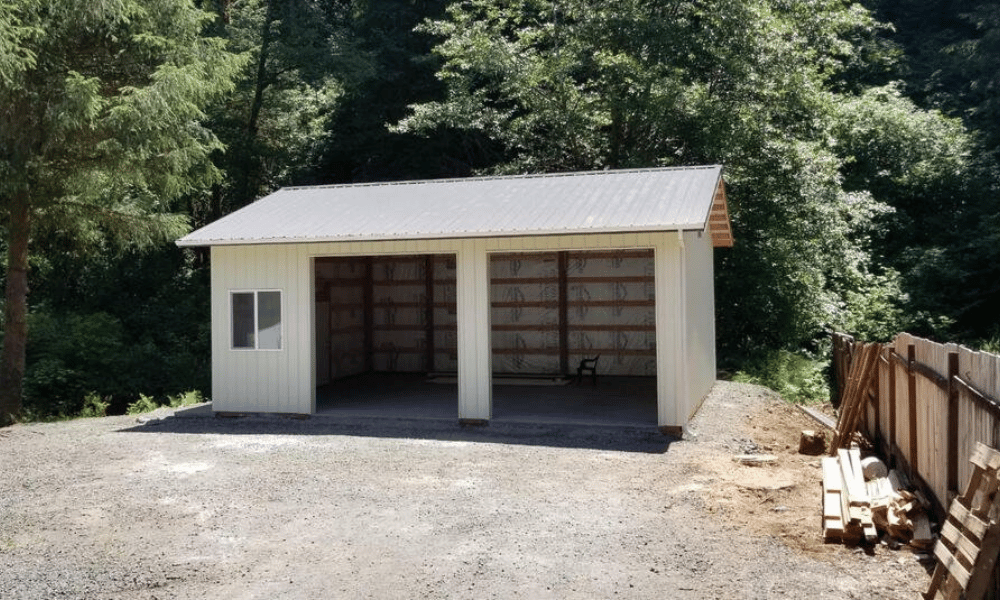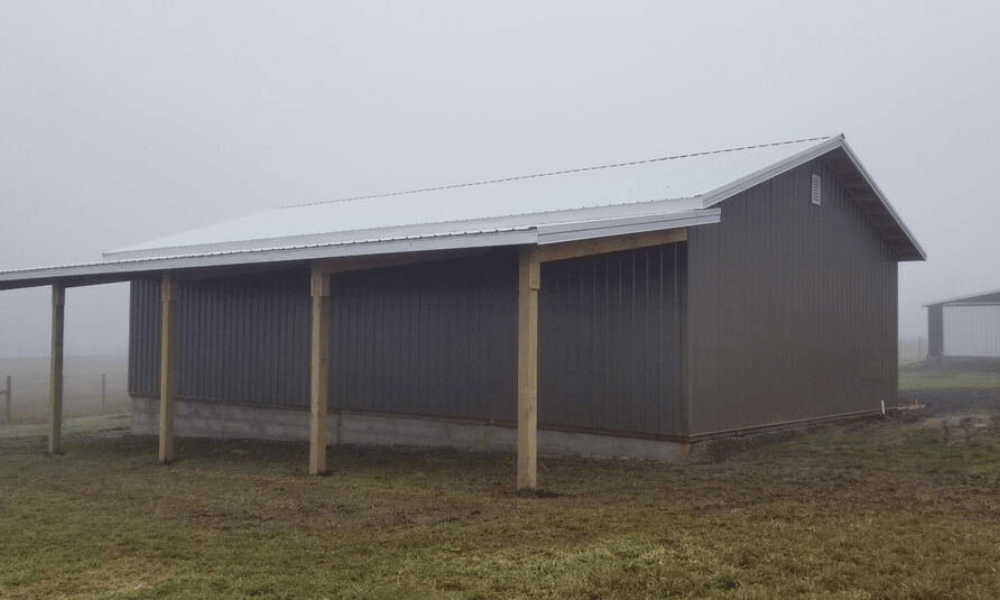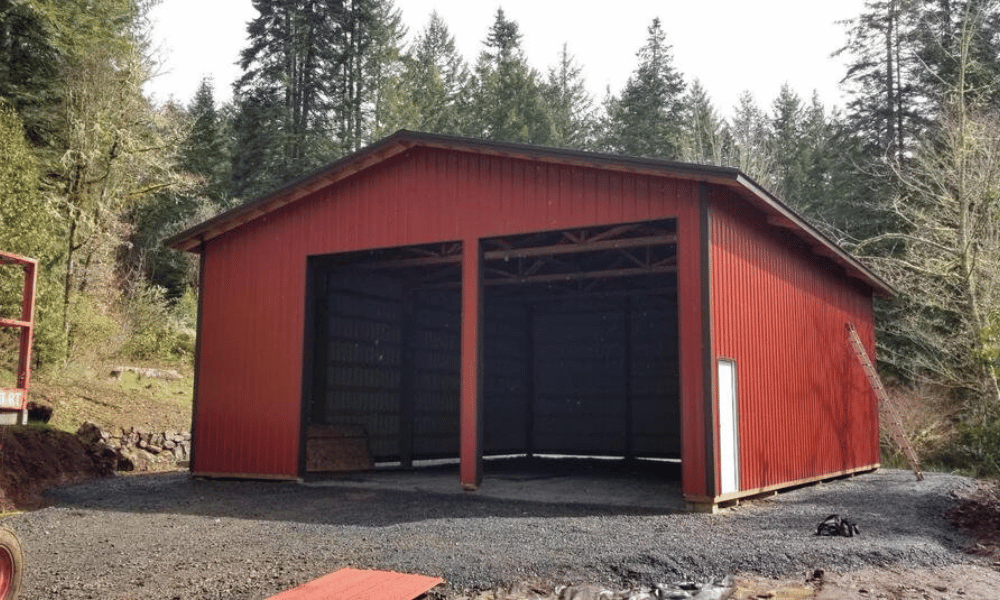Introduction
When it comes to building a pole barn, understanding the sizes and configurations available can feel like a daunting task. With so many options out there, how can you make an informed decision that meets your needs? Fear not! This guide dives deep into everything you need to know about pole barn sizes, helping you navigate through your choices with confidence. Whether you're looking to create a workshop, livestock shelter, or extra storage space, this article will help you make smart decisions.
Pole Barn Sizes Explained: A Beginner's Guide to Smart Decisions
Pole barns are versatile structures that serve various purposes—from agricultural use to recreational spaces. But before you jump into construction, it's crucial to grasp how different sizes can affect functionality and cost. Understanding the dimensions of your pole barn can save time, money, and a whole lot of headaches down the road.
Why Choose a Pole Barn?
Cost-Effective Construction
Pole barns are generally less expensive to build than traditional structures because they use fewer materials and less labor.
Versatility and Customization
These buildings can be tailored to fit countless uses—whether it’s for a home office or farm equipment storage.
Understanding Pole Barn Sizes
Choosing the right size for your pole barn isn't just about aesthetics; it's also about maximizing functionality. Here are some essential factors to consider:
1. Common Sizes for Pole Barns
- 12x20 feet: Ideal for small equipment or garden tools. 24x36 feet: Great for a workshop or garage. 40x60 feet: Perfect for large vehicles or livestock.
2. Height Considerations
The height of your pole barn is as important as its width and length. Standard heights range from 8 to 14 feet but can vary based on usage.
Why does height matter?
Higher ceilings allow for more storage and versatility in layout.

Factors Influencing Size Decisions
When deciding on pole barn sizes, several factors come into play:
3. Intended Use
What do you plan on using your pole barn for? Storage? Livestock? Each purpose may require different dimensions.
4. Future Expansion Needs
Think ahead! Will you need more space in the future? Opting for larger dimensions now could save you from costly renovations later.
Exploring Different Configurations
Different configurations can significantly impact both appearance and utility:
5. Single vs. Multi-Section Designs
- Single-section barns are easier and often cheaper to construct. Multi-section designs allow for specialized zones within the same structure.
Local Building Codes & Regulations
Before making any decisions regarding pole barn sizes, it’s crucial to understand local building codes:
6. Zoning Restrictions
Consult local zoning laws which may dictate allowable sizes based on property type and usage.
7. Permitting Requirements
Permits may be required depending on where you live—ensure you have all documentation in order beforehand!
Calculating Your Space Needs
Dean Lindsey Construction pole buildingsUnderstanding exactly how much space you'll need involves some calculations:
8. Measuring Available Land Area
Measure the area where you wish to build—consider both width and depth carefully!
Tip: Use stakes and string lines to outline your desired footprint before construction begins.
Utilizing Design Software
Using design software can simplify the planning process immensely:
9. Online Tools & Resources
There are numerous online programs available that help visualize your pole barn project down to the last detail!
Types of Pole Barns Based on Functionality
Let’s break down some common types of pole barns by their functions:
10. Agricultural Pole Barns
Usually built larger due to their use in housing livestock or storing equipment.
11. Residential Pole Barns
Ideal for workshops or home offices; these tend to be smaller but include stylish features.
Budgeting Your Project
Now let’s talk dollars and cents—how much should you budget?

12. Cost per Square Foot Estimates
On average, expect costs ranging from $15-$30 per square foot depending on specifications.
Finishing Touches That Impact Size Choices
Don’t forget that finishing touches can also influence overall size decisions:
13. Insulation Requirements
Consider whether insulation will be necessary based on climate—a factor affecting overall dimensions!
Selecting Materials Wisely
Choosing materials wisely is essential when planning your pole barn size:
14. Common Materials Used in Construction
Wood, steel, vinyl siding—all impact durability while influencing space requirements differently.
FAQ Section
Here are some frequently asked questions regarding pole barn sizes:
What is the average size of a residential pole barn?
The average size tends toward 30x40 feet but varies widely based on individual needs.
How tall should my pole barn be?
Generally speaking, 10-12 feet is sufficient for most uses; however higher ceilings may be necessary depending on intended function.
Can I build my own pole barn?
Absolutely! Many homeowners choose DIY options if they possess adequate skills—and it's often more cost-effective too!

What permits do I need before building?
Local regulations differ; check with city hall or relevant agencies in advance of starting any construction work!
How much will it cost me to build a basic pole barn?
Costs heavily depend on materials used—but expect anywhere between $15-$30 per square foot as mentioned earlier!
Is it possible to expand my existing pole barn later on?
Yes! Planning ahead during initial construction makes future expansions feasible without major overhauls needed down the line!
Conclusion
In summary, understanding "Pole Barn Sizes Explained: A Beginner's Guide to Smart Decisions" is crucial when embarking on this journey from concept through construction! Carefully consider intended use cases along with local regulations while budgeting effectively—this way you'll end up with an investment that truly meets not only current but future needs too! So roll up those sleeves; let's get building!